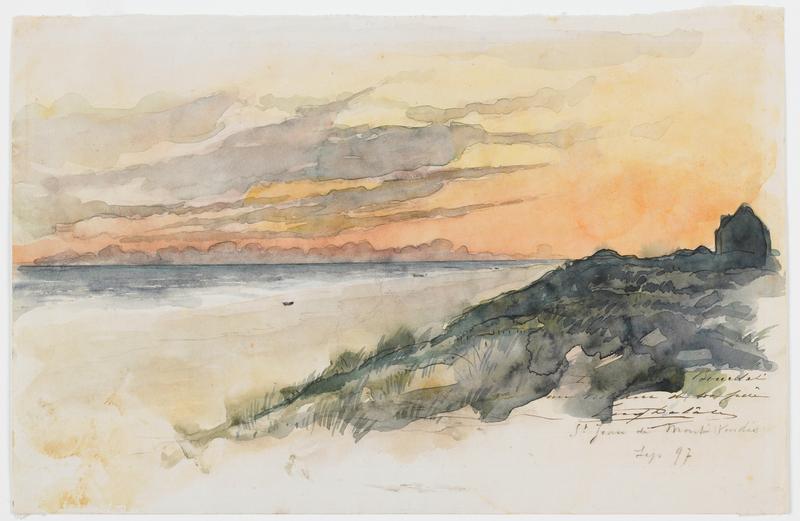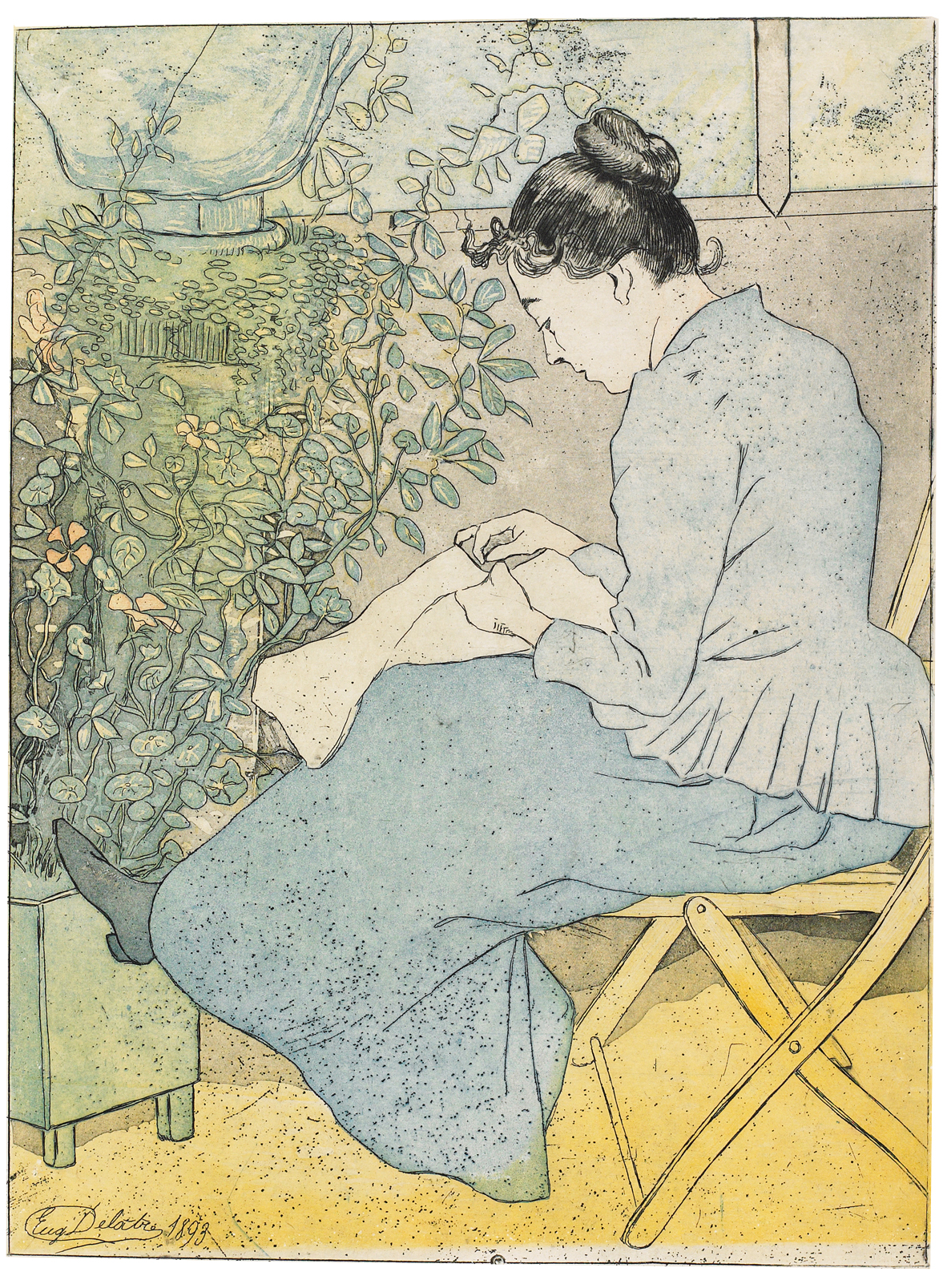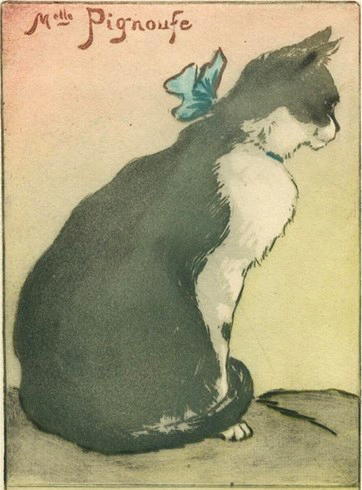
66. Eugène Delâtre, Saint-Jean-de-Monts (Vendée)
| Artist | Eugène Delâtre, French, Paris 1864–Paris 1938 |
| Title, Date | Saint-Jean-de-Monts (Vendée), 1897 |
| Medium | Watercolor over traces of graphite |
| Dimensions | 7 3/4 × 12 1/4 in. (19.7 × 31.1 cm) |
| Inscriptions + Marks | Lower right in black ink: Pour André Bourdat / un vieil ami de son père / Eug. Delâtre. / St Jean de Monts (Vendée) / [Sept?] 97 [in graphite] |
| Provenance | [Christine Bethenod, Paris, until 2000; to Weisberg]; Yvonne and Gabriel Weisberg, Minneapolis |
| Exhibition History | "Expanding the Boundaries: Selected Drawings from the Yvonne and Gabriel P. Weisberg Collection," Mia (2008) and Snite Museum of Art, Notre Dame, Ind. (2010) |
| References | Lisa Dickinson Michaux with Gabriel P. Weisberg, "Expanding the Boundaries: Selected Drawings from the Yvonne and Gabriel P. Weisberg Collection" (exh. cat.), Minneapolis Institute of Arts (Minneapolis, 2008), pp. 76–77, fig. 46 |
| Credit Line | Collection of Yvonne and Dr. Gabriel P. Weisberg; promised gift to the Fondation Custodia, Paris, in memory of Ger Luijten |


NOTE: During the course of this project, Ger Luijten, a dear friend of the Weisbergs and curators at Mia, died unexpectedly. Luijten was the director of the Fondation Custodia, a Parisian museum with a strong commitment to the art of drawing. The Weisbergs have given this work by Eugène Delâtre to Fondation Custodia in his memory.
Eugène Delâtre was the son of the eminent French printer Auguste Delâtre (1822–1907). Eugène worked in his father’s Montmartre studio in Paris and became an accomplished printer in his own right, printing works by such luminaries as Picasso, Georges Braque, Mary Cassatt, and Henri de Toulouse-Lautrec.
In the 1870s, the young Eugène Delâtre studied watercolor in London with John Lewis Brown, a Frenchman of Scottish descent. Back home, Delâtre used his newfound skills to make watercolors and sketches of Montmartre. He liked to draw the well-established locations where artists congregated, which along with Montmartre included the artists’ colony Saint-Jean-de-Monts in the Vendée, on the western coast of France. The area had attracted a number of artists—among them Auguste Lepère and Charles Milcendeau—who were inspired by the traditional life of the Vendée and the types they came to know there. To make this watercolor, Delâtre evidently positioned himself on the dunes overlooking the Atlantic and took in the beauty of the sunset over the wide, pristine beach. Clearly, the artist was thinking about color: just a few years earlier, he had begun perfecting the new technique of color etching (figs. 1–2).
GPW